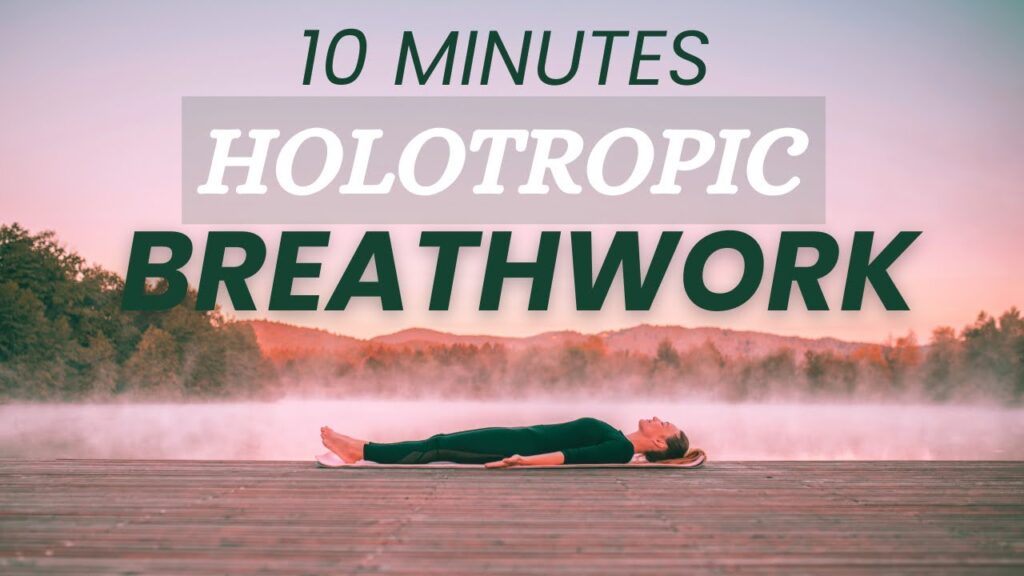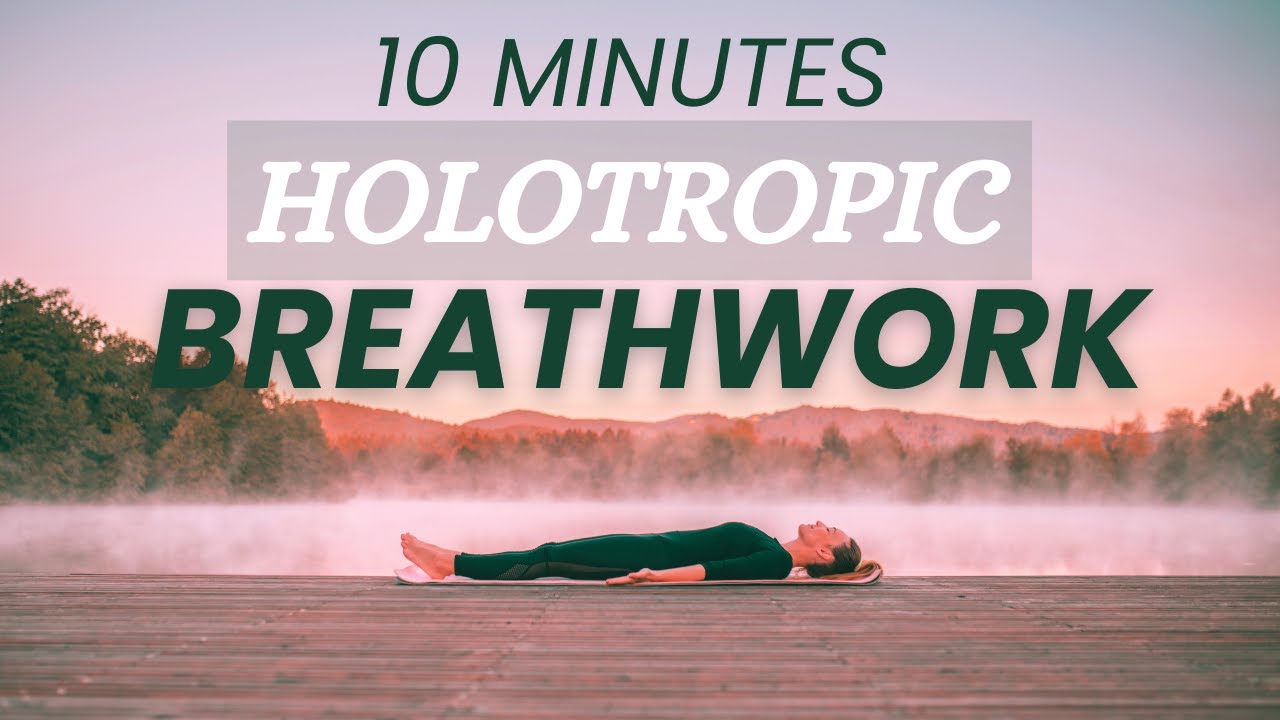
Holotropic Breathwork Near Me: Finding Transformative Healing in Your Community
In today’s fast-paced and often overwhelming world, many individuals are seeking alternative methods for healing, self-discovery, and personal growth. Among these methods, Holotropic Breathwork has gained significant attention for its potential to facilitate profound experiences and lasting positive change. If you’re asking, “Where can I find holotropic breathwork near me?” this guide will help you navigate the process of locating qualified practitioners and understanding what to expect from this powerful technique.
Understanding Holotropic Breathwork
Holotropic Breathwork, developed by psychiatrist Stanislav Grof and his wife Christina Grof, is a powerful approach to self-exploration and healing that integrates insights from modern consciousness research, depth psychology, anthropology, and various spiritual practices. The term “holotropic” literally means “moving toward wholeness” (from the Greek words ‘holos’ meaning whole and ‘trepein’ meaning moving toward).
Unlike traditional psychotherapy, which relies primarily on verbal communication and cognitive processing, Holotropic Breathwork utilizes accelerated breathing, evocative music, and focused energy release techniques to induce non-ordinary states of consciousness. These states allow individuals to access deeper layers of their psyche, including repressed emotions, unresolved traumas, and transpersonal experiences. The process is facilitated by trained practitioners who provide a safe and supportive environment for participants to explore their inner landscapes.
The Core Principles of Holotropic Breathwork
- Accessing Non-Ordinary States: The practice aims to bypass the limitations of the everyday egoic consciousness, allowing access to a broader range of experiences and insights.
- Inner Healing Intelligence: Holotropic Breathwork trusts in the inherent healing capacity of the individual, guiding them to process and integrate experiences in a natural and organic way.
- Integration of Experiences: Following a breathwork session, participants engage in creative expression (such as mandala drawing) and sharing to integrate their experiences into their daily lives.
Why Seek Holotropic Breathwork Near You?
The benefits of attending a holotropic breathwork session can be multifaceted, ranging from emotional release and trauma resolution to spiritual awakening and enhanced self-understanding. Finding a session “holotropic breathwork near me” offers several advantages:
- Community Support: Participating in local workshops or group sessions provides a sense of community and connection with like-minded individuals.
- Accessibility: Having practitioners nearby makes it easier to attend regular sessions, which can be crucial for sustained healing and growth.
- Personal Connection: Working with a local facilitator allows you to build a personal relationship and receive individualized support tailored to your specific needs.
How to Find Holotropic Breathwork Near You
Locating qualified holotropic breathwork facilitators requires careful research and consideration. Here are several steps to help you find a reputable practitioner in your area:
Online Directories and Resources
The easiest way to start your search is by using online directories and resources. The Holotropic Association maintains a directory of certified practitioners worldwide. This directory is an excellent starting point for finding holotropic breathwork near me. You can filter your search by location to identify practitioners in your local area.
Referrals and Recommendations
Ask for referrals from friends, family members, or other healthcare professionals who may be familiar with alternative healing modalities. Personal recommendations can provide valuable insights and assurance regarding the practitioner’s qualifications and experience. Checking online reviews and testimonials can also provide additional information.
Local Wellness Centers and Retreats
Many wellness centers, yoga studios, and retreat centers offer holotropic breathwork workshops or sessions. Check the websites of local wellness providers to see if they offer this service. Attending a workshop or retreat can be a great way to experience holotropic breathwork in a supportive and immersive environment.
Networking and Community Events
Attend local health and wellness events, workshops, or conferences to network with practitioners and learn more about holotropic breathwork. These events often feature demonstrations, talks, and opportunities to connect with experienced facilitators.
What to Look for in a Holotropic Breathwork Practitioner
When choosing a holotropic breathwork practitioner, it’s essential to consider their qualifications, experience, and approach. Here are some key factors to evaluate:
Certification and Training
Ensure that the practitioner is certified by the Holotropic Association or has completed a recognized training program in holotropic breathwork. Certification indicates that the practitioner has undergone rigorous training and has met the standards of competence established by the Holotropic Association.
Experience and Expertise
Inquire about the practitioner’s experience in facilitating holotropic breathwork sessions. A more experienced practitioner is likely to have a deeper understanding of the process and be better equipped to support you through challenging experiences.
Personal Approach and Philosophy
Consider the practitioner’s personal approach and philosophy regarding holotropic breathwork. Do they emphasize safety, integration, and self-empowerment? Do their values align with your own? It’s essential to find a practitioner whose approach resonates with you and makes you feel comfortable and safe.
Client Testimonials and Reviews
Read client testimonials and reviews to get a sense of the practitioner’s reputation and the experiences of others who have worked with them. Pay attention to comments about the practitioner’s skill, compassion, and ability to create a safe and supportive environment.
Initial Consultation
Schedule an initial consultation with the practitioner to discuss your goals, concerns, and any relevant medical or psychological history. This consultation provides an opportunity to ask questions, assess the practitioner’s suitability, and determine whether holotropic breathwork is the right approach for you. This is a good time to ask specific questions regarding the process of holotropic breathwork near me.
Preparing for Your First Holotropic Breathwork Session
Preparing for your first holotropic breathwork session can help you maximize the benefits and ensure a safe and positive experience. Here are some tips to consider:
Physical Preparation
- Hydration: Drink plenty of water in the days leading up to your session to stay hydrated.
- Nutrition: Eat a light, nutritious meal a few hours before your session to avoid feeling hungry or uncomfortable during the breathwork.
- Avoid Stimulants: Avoid caffeine, alcohol, and other stimulants before your session, as they can interfere with the process.
Mental and Emotional Preparation
- Set Intentions: Reflect on your intentions for the session. What do you hope to gain from the experience? Setting clear intentions can help guide your inner exploration.
- Release Expectations: Release any expectations or preconceived notions about what the session will be like. Trust the process and allow yourself to be open to whatever arises.
- Create a Safe Space: Create a safe and comfortable space for yourself after the session to rest, reflect, and integrate your experiences.
What to Expect During a Holotropic Breathwork Session
A typical holotropic breathwork session lasts several hours and involves the following stages:
- Introduction and Preparation: The facilitator will provide an introduction to the practice, explain the guidelines, and answer any questions.
- Breathwork: Participants lie down on mats and engage in accelerated breathing while listening to evocative music. The facilitator provides support and guidance throughout the breathwork process.
- Drawing Mandalas: After the breathwork, participants create mandalas using art supplies to express and integrate their experiences.
- Sharing and Integration: Participants share their experiences and insights in a group setting, fostering a sense of community and support.
Potential Benefits and Considerations
Holotropic breathwork can offer a wide range of potential benefits, including:
- Emotional Release: Processing and releasing repressed emotions, such as anger, sadness, and fear.
- Trauma Resolution: Healing from past traumas and reducing the impact of traumatic experiences.
- Spiritual Growth: Experiencing expanded states of consciousness and connecting with a deeper sense of purpose and meaning.
- Enhanced Self-Understanding: Gaining insights into your patterns, beliefs, and behaviors.
- Improved Well-Being: Reducing stress, anxiety, and depression and promoting overall well-being.
However, it’s important to consider that holotropic breathwork is not suitable for everyone. It’s contraindicated for individuals with certain medical conditions, such as:
- Severe cardiovascular problems
- Severe hypertension
- Epilepsy
- Glaucoma
- Recent surgery
- Pregnancy
- Severe mental health conditions
It’s crucial to consult with a healthcare professional before participating in holotropic breathwork, especially if you have any underlying health conditions.
Conclusion
Finding holotropic breathwork near me can be a transformative step towards healing, self-discovery, and personal growth. By researching qualified practitioners, understanding the process, and preparing mindfully, you can embark on a journey of profound inner exploration. Remember to prioritize safety, trust your intuition, and seek support from experienced facilitators and supportive communities. The path to wholeness and well-being may be closer than you think, just a few breaths away.
[See also: Benefits of Breathwork for Anxiety]
[See also: Alternative Healing Modalities for Trauma]

